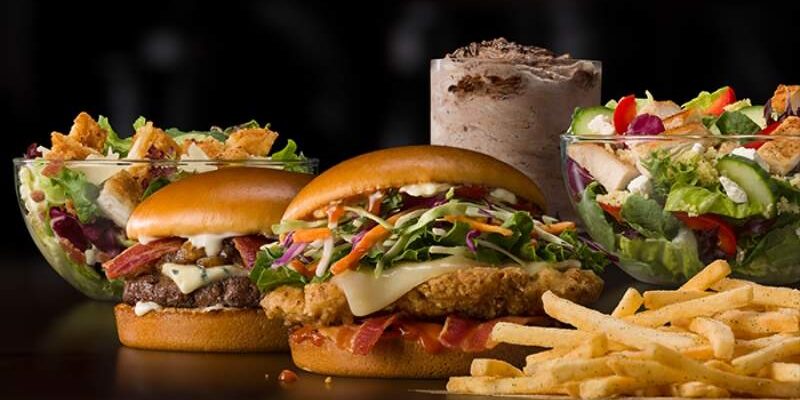Setting Up a Ghost Kitchen

Ghost kitchens are a new trend in the restaurant industry. They are essentially restaurants that do not have a physical storefront. Instead, they operate solely through delivery and takeout. This model has several advantages, including lower overhead costs and reaching a broader customer base. However, some challenges are associated with ghost kitchens, such as choosing the right location, designing an efficient kitchen, and equipping your business with the necessary equipment and supplies.
Choosing a Location
When choosing a location for your ghost kitchen, there are a few factors to consider:
- Proximity to your target customer: Where do your customers live or work? You want to choose a location that is convenient for them to reach.
- Competition: Do any other ghost kitchens or restaurants operate in the area? If so, how do they compare to your business?
- Cost: The rent and utilities will vary depending on the location. It would be best if you found a place that fits your budget.
Designing a Kitchen
Once you have chosen a location, it is time to design your kitchen. When planning your kitchen, there are a few things to keep in mind:
- Efficiency: Your kitchen should be designed to be as efficient as possible. This will help you to save time and money.
- Flexibility: Your kitchen should be flexible enough to accommodate different types of food. This will allow you to offer a wider variety of menu items.
- Compliance: Your kitchen must comply with all applicable health and safety regulations.
Equipment and Supplies
The type of equipment and supplies you need for your ghost kitchen will vary depending on the food you prepare. However, there are some essential pieces of equipment that all ghost kitchens need, such as:
- Stovetop: A stovetop is necessary for cooking food.
- Oven: An oven is also crucial for cooking food.
- Refrigerator: A refrigerator is needed for storing food.
- Freezer: A freezer is also necessary for storing food.
- Equipment for preparing specific types of food: For example, if you prepare pizzas, you will need a pizza oven.
- Dishes, utensils, and other supplies: You will need containers to serve your food.
Choosing a location, designing a kitchen, and equipping a ghost kitchen can be daunting.